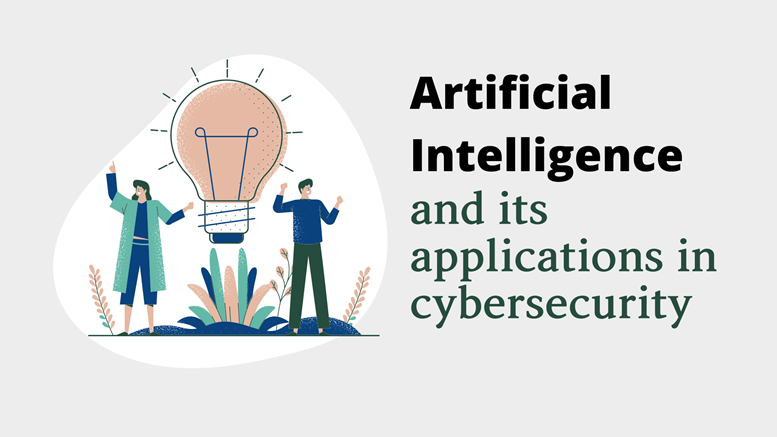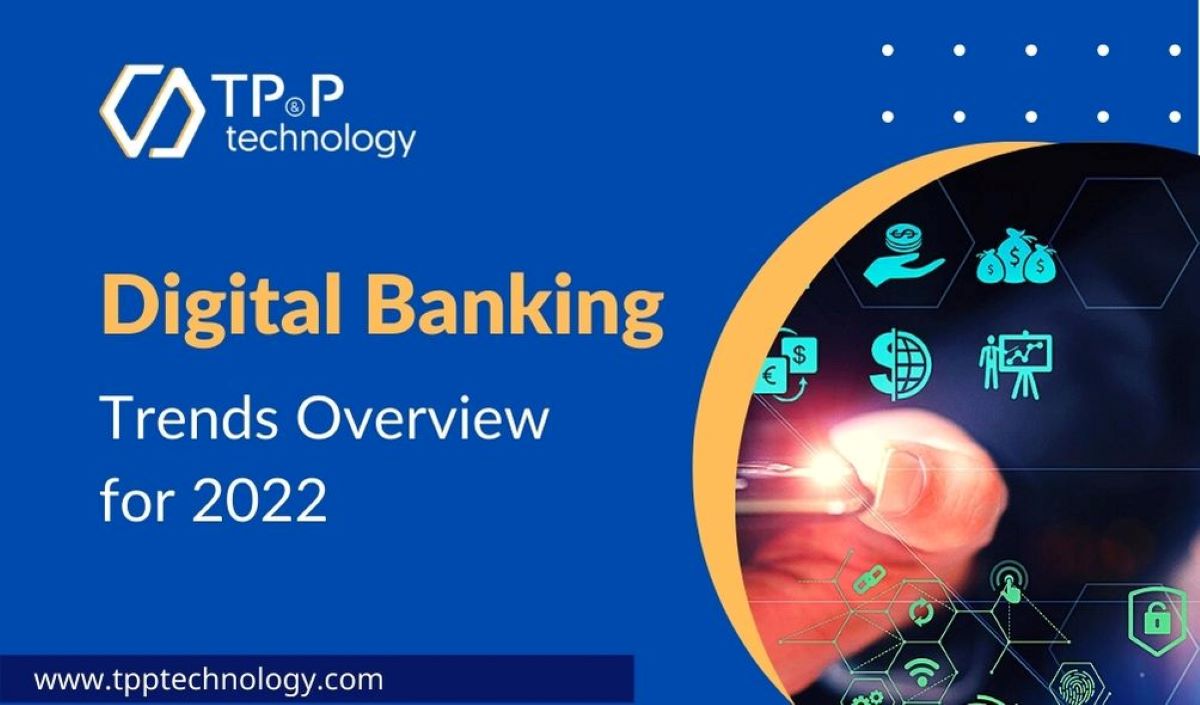
Artificial Intelligence and Its Applications In Cybersecurity
Ever since we stepped into the digital era and industries have understood the importance of digital transformation for their business, cybersecurity is one of the top priority practices to protect enterprises from any cyber-attack.
Artificial Intelligence (AI) plays a crucial role in digital transformation. Along with Machine Learning, Deep Learning, and ERP, AI is making massive impacts on organizations in a big way. AI technologies allow analysts to respond to threats with confidence and speed. In this blog post, we’d like to share how AI can be used in cybersecurity practices.
AI and Predictive Analytics
AI is an umbrella term for all technologies that allow machines to perform tasks with cognition such as seeing, moving, writing, reading, or even analyzing data with no errors. AI is all around us even when we don’t realize: virtual assistants like Siri and Alexa, Netflix film recommendations, self-driving cars, etc. 
The invention of AI disrupts the finance, healthcare, education, and dozens of other industries. Now it even eventually replaces predictive analytics since the smartest AI technologies are prediction machines. AI uses algorithms to analyze data to optimize toward a goal. Over time, it’ll learn to improve results.
Before AI, we have to make predictions by ourselves, but after all, we are human, we make mistakes. Even analytics rockstars have limited time and cognitive capacity to find the right insights in real-time. Therefore, with the emergence of AI, we can finally harness predictive analytics in the most effective ways and apply it to cybersecurity practice.
Challenges and Opportunities of AI in cybersecurity
Despite the fact that experts have agreed that AI is at the core of the industry and a solution, it is still a considerable threat to business.
AI can analyze user behaviors, point out a pattern, and identify abnormalities or irregularities or inconsistencies in the network. Therefore, it will be easier to identify cyber vulnerabilities. However, the responsibilities which now depend on human intelligence will be at risk of malicious cyber programs copying the AI-based algorithms. Not to mention, relying solely on supervised learning is another threat. The cybercriminals who can get access to the security firm can change the algorithms label of data sets.
But we cannot deny that AI can minimize the routine security responsibilities with high-quality results. AI helps identify any repetitive incidents and remediate them.
How AI can help in cybersecurity
Since AI can generate insight from gathered information, it can identify the relationships between threats like suspicious IP addresses or insiders, malicious files. AI analysis will take seconds or minutes, enabling security analysts to respond to threats 60 times faster.
AI is also trained by consuming billions of data artifacts from multiple sources, like blogs and news stories. Via Machine Learning and Deep Learning techniques, AI can understand what cyberattacks and threats look like.
This new cutting edge technology also eliminates time-consuming tasks. It provides a precise analysis of risks, reducing the amount of time security analysts take to make crucial decisions and launch an instant response to amend the threat.
Some examples to demonstrate AI in cybersecurity include:
- Detecting malicious activities and prevent cyberattacks
- Analyzing mobile endpoints for cyber
- Improving how we (human) analyze attacks and threats
- Automating mundane security tasks
Cybersecurity’s future with AI
Today, more and more organizations pay close attention to the massive impact of any small to large scale cyberattacks. And to secure the IT infrastructure, organizations can either set up some standard antivirus software or hire an IT outsourcing firms to help build some security system with multi-layered.
Setting up a firewall and managing backups seems like a perfect way to protect the enterprise from cybercriminals. But with the help of AI, it will probably change the traditional approach.
- Organizations can monitor and respond to incidents using advanced tools.
- The latest firewalls will have machine learning technology so that it could find the pattern in the network and block them if flagged as a threat.
- Scanning data across the internet to identify the origination of cyber-attacks.
Conclusion
Cybersecurity readiness is essential, and AI has played a crucial role since it can be used as a tool to enlarge human intelligence and help organizations stay competitive and safe in the world of cyberattacks.
At TP&P Technology, we offer a wide range of IT services, including implementing cybersecurity practices to protect your businesses’ information. Our consultants are available to be contacted.



